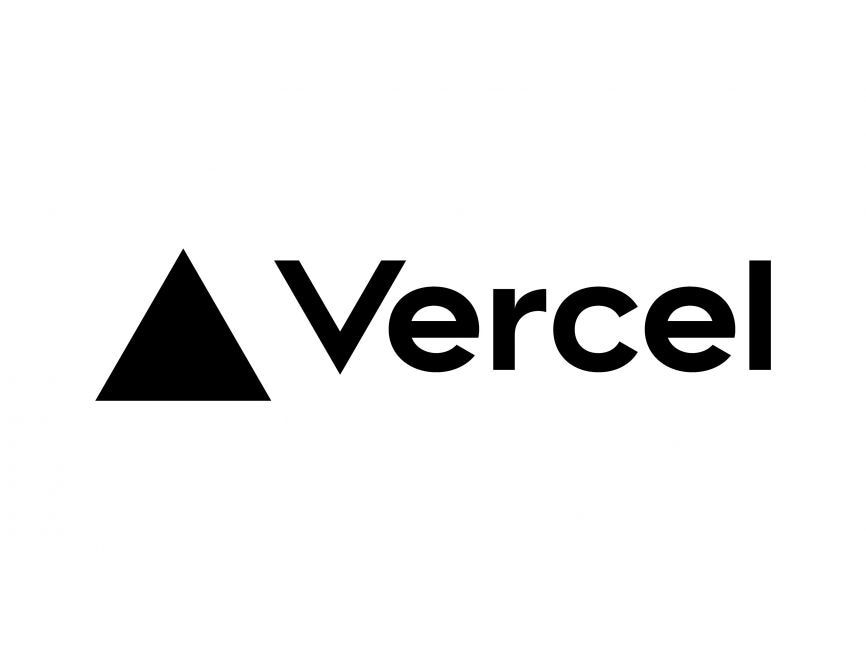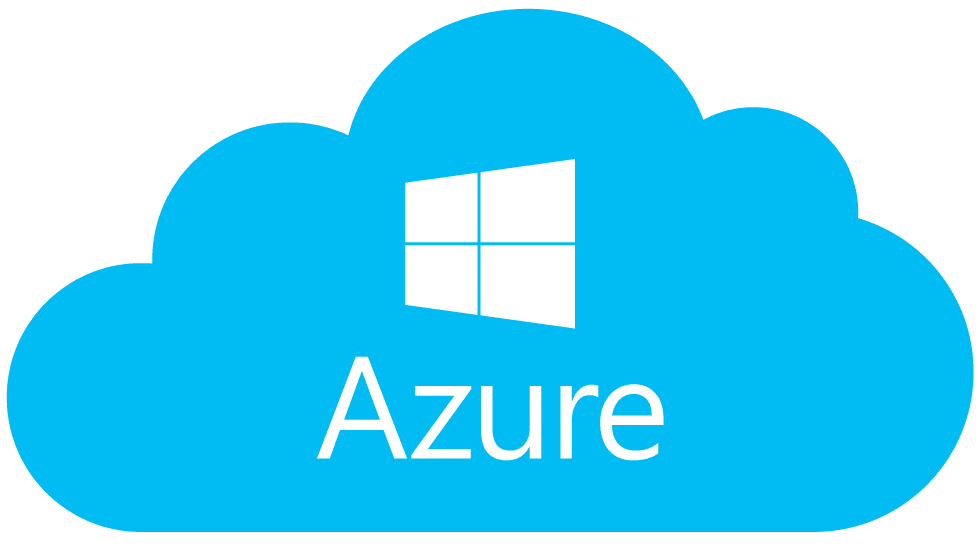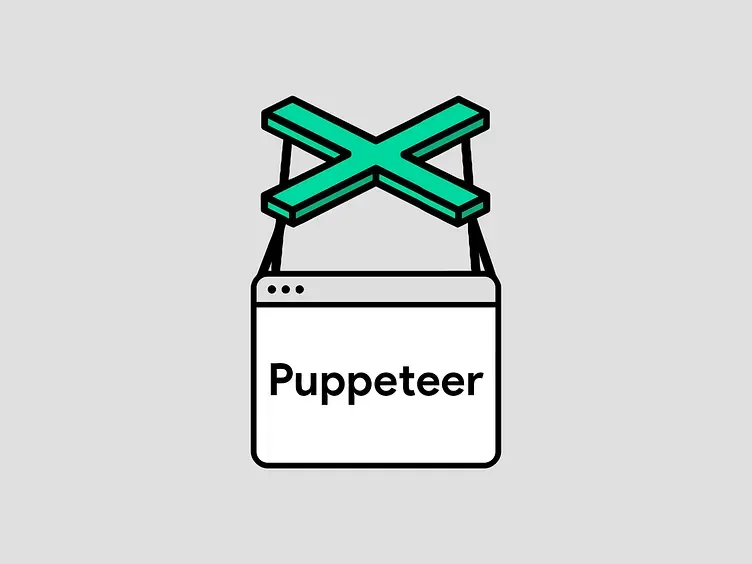Hire Spring Boot Developers
Real-time project updates
Full confidentiality & NDA
Flexible engagement models
24/7 dedicated support
Quick team scaling
Agile, fast delivery

Expert Spring Boot Developers, Right Tech-Stack, Focused on Your Product Goals & Timely Delivery
Spring Boot streamlines enterprise Java development by reducing boilerplate and enabling rapid deployment.
Its opinionated setup empowers developers to build robust, production-grade applications faster.
With built-in tools for security, performance tuning, and scalability, Spring Boot is ideal for high-traffic, mission-critical systems.
It supports modern architecture patterns like microservices and cloud-native deployments.
Get Tailored Spring Boot Development Talent for Every Project Goal
Spring Web Service Development
Powerful Spring Boot web services. Our experts build robust and efficient APIs for seamless integration.
Benefits of Hiring Spring Boot Developers
Smooth system integration
Scalable for growth
Strong security measures
Fast performance optimization
Thorough testing & QA
Easy maintenance

Tech Stack Expertise of Our Spring Boot Developers
Our Spring Boot developers are experts in building robust and scalable backend systems. We work with technologies like Spring Boot, Spring Cloud, Spring Data, Hibernate, MySQL, PostgreSQL, Kafka, Docker, and cloud platforms such as AWS, Azure, and Google Cloud.
 Java
Java .NET
.NET Node.js
Node.js PHP
PHP Python
Python
 MySQL
MySQL PostgreSQL
PostgreSQL MongoDB
MongoDB Firebase
Firebase Dynamodb
Dynamodb
 Gradle
Gradle Docker
Docker Kubernetes
Kubernetes Jenkins
Jenkins Azure DevOps
Azure DevOps
 AWS
AWS Google Cloud
Google Cloud Azure
AzureSE
 Cloudfare
Cloudfare Vercel
Vercel
 Azure
Azure Zoho
Zoho Power BI
Power BI Tableau
Tableau Puppeteer
Puppeteer
 Angular.js
Angular.js React.js
React.js Vue.js
Vue.js JavaScript
JavaScript CSS3
CSS3
Testimonials
The team delivered high-quality work that met our expectations in terms of design and functionality
Productivity-focused companies trust Dappinity’s high-quality Spring Boot Developers to build fast, scale smart, and deliver with confidence.
We help you access skilled, reliable Spring Boot Developers who bring clarity, speed, and scalability to your projects — so you can focus on results, not resourcing.
Why Hire Spring Boot Developers from Dappinity?
Dappinity provides expert Spring Boot Developers offering scalable, innovative, and client-focused solutions while ensuring high quality and timely project delivery.
- Expert Developers
- Agile Project Management
- Cost Effective Solutions
- Superior Software Quality
- Optimized Operational Costs
- Time Zone Compatibility
Benefits of Dedicated Spring Boot Developers
The dedicated Spring Boot Developers team at Dappinity delivers innovative, scalable, and secure solutions, ensuring seamless collaboration and future ready applications.
- Tailored Software Solutions
- Cutting Edge Technology
- Agile Development Process
- Seamless Collaboration
- Future Ready Applications
- End to End Support
Hire Spring Boot Developers Fast with Our Simple Process

Tell us what you need - tech stack, experience, timelines.

We send you pre-screened developers matched to your needs.

You interview. You decide. Start in as little as 72 hours.

Easily scale up or down. We stay flexible as you grow.
1Engagement Models (Full-time, Part-time, Hourly, Project-Based)
When hiring Spring Boot developers, choosing the right engagement model helps align your project needs, budget, and timeline. Here’s how to choose the best model for your Spring Boot-based application:
Full-time Developers:
A full-time Spring Boot developer is ideal for large-scale, long-term projects that require ongoing development, maintenance, and optimization. This is best suited for projects like building enterprise-grade applications, designing complex RESTful APIs, or developing microservices with Spring Boot. Full-time developers provide deep, continuous involvement, ensuring that your application evolves in line with your business requirements.
Part-time Developers:
If your project doesn't need a full-time commitment but still requires regular work, such as feature additions, bug fixes, or maintenance, a part-time developer is a great option. They can work on specific tasks for a set number of hours, giving you flexibility while ensuring your project remains up-to-date.
Hourly Developers:
Hourly developers are perfect for small, specific tasks like fixing bugs, refactoring code, or optimizing a single module in a Spring Boot application. This model is beneficial for quick, well-defined tasks that don’t require long-term engagement but still need an expert's touch.
Project-Based Developers:
When your project has clearly defined requirements and deadlines, such as building a custom backend system with Spring Boot or creating a microservice architecture, project-based developers are a great choice. They can work on a predefined scope with clear deliverables, ensuring timely delivery within a fixed budget.
2Development Methodologies: Best for Spring Boot Projects
Selecting the right development methodology for your Spring Boot project can greatly enhance efficiency and ensure timely delivery. Here are the methodologies that work well for Spring Boot projects:
Agile:
Agile development is well-suited for dynamic and evolving Spring Boot projects where requirements change or new features are added frequently. The flexibility of Agile allows developers to work in iterative cycles (sprints), delivering incremental improvements and gathering feedback from stakeholders along the way. This approach is ideal for large web applications, microservices, and complex API development where requirements evolve as the project progresses.
Scrum:
Scrum is a structured variant of Agile and works best for complex Spring Boot projects that require organized teamwork and tight collaboration. With Scrum, the project is broken down into sprints, each lasting 1-2 weeks, where developers focus on specific tasks such as building REST APIs, handling business logic, or integrating databases. Scrum ensures efficient task management, regular feedback, and an incremental approach to building Spring Boot-based applications.
Waterfall:
Waterfall is a traditional, sequential development approach, where each phase of the project is completed before moving to the next. This method works well for smaller, less complex Spring Boot projects where requirements are stable and well-defined from the outset. It's perfect for building simple applications, where the process is straightforward, and changes are minimal.
3Matching Tech Stack Needs with Spring Boot Expertise
Spring Boot is a powerful Java-based framework designed for building enterprise-level, scalable applications. Below is how Spring Boot fits within modern tech stacks and integrates with various tools:
Core Technologies:
- Languages & Tools:
Spring Boot applications are built using Java (or Kotlin, Groovy), with Maven or Gradle for build automation and dependency management.
- Spring Ecosystem:
Spring Boot is part of the larger Spring Framework ecosystem, which includes Spring MVC for web applications, Spring Data for data access, and Spring Security for robust authentication and authorization.
Frontend Integration:
Spring Boot is commonly used as the backend framework in full-stack applications, often integrated with modern frontend technologies like Angular, React, or VueJS. The frontend communicates with Spring Boot via RESTful APIs or GraphQL, with Spring Boot handling business logic, database interactions, and user authentication.
Databases & ORM:
- Relational Databases: Spring Boot integrates seamlessly with relational databases like PostgreSQL, MySQL, and Oracle. It supports JPA (Java Persistence API) and Hibernate for ORM (Object Relational Mapping), making it easy to manage entities and persist data.
- NoSQL Databases: Spring Boot also supports NoSQL databases such as MongoDB and Cassandra, which are ideal for handling large, unstructured data in distributed systems.
- Data Access Layer: Spring Boot simplifies database interactions with Spring Data JPA and Spring Data MongoDB, enabling easy CRUD operations and database management.
Microservices & APIs:
Spring Boot excels in building microservices-based architectures, where each service is a standalone unit communicating with other services via REST APIs. It’s often used alongside tools like Spring Cloud for service discovery, configuration management, and fault tolerance, enabling the development of scalable and resilient systems.
DevOps & Deployment:
- Containerization: Spring Boot applications can be containerized using Docker, making them easy to deploy across different environments.
- CI/CD: Tools like Jenkins, GitHub Actions, and GitLab CI/CD automate testing, building, and deploying Spring Boot applications, ensuring smooth updates and integration.
- Cloud Platforms: Spring Boot works well with cloud platforms like AWS, Google Cloud, and Microsoft Azure, which offer scalable infrastructure and managed services for deploying and maintaining Java applications.
Spring Boot’s versatility allows it to integrate well within any tech stack, making it a top choice for building modern, scalable backend systems.
4Ensuring Code Quality for Spring Boot Projects
Maintaining high code quality in a Spring Boot project is essential for long-term success. Here are some ways to ensure that your code remains clean, scalable, and maintainable:
Code Reviews:
Regular code reviews are crucial to ensure that developers follow best practices, avoid errors, and maintain a consistent coding style. Reviews should check for clean code, proper error handling, adherence to design patterns, and security vulnerabilities like SQL injection or improper input validation.
Automated Testing:
- Unit Testing: Spring Boot comes with built-in support for unit testing with tools like JUnit and Mockito. Unit tests ensure that individual components of the application work as expected.
- Integration Testing: Spring Boot also supports integration testing to verify that different layers of the application (like the database and services) interact correctly.
- End-to-End (E2E) Testing: Use tools like Selenium or Cypress to test complete user flows and ensure that the application behaves as expected in real-world scenarios.
Code Linting & Formatting:
Use tools like Checkstyle or SonarQube to enforce coding standards and catch issues such as unused variables, complex methods, or duplicated code. These tools help improve code readability and maintainability, ensuring that the codebase remains clean and easy to work with.
CI/CD:
Automate your testing, building, and deployment process with CI/CD pipelines using Jenkins, GitHub Actions, or GitLab CI. Automated pipelines ensure that every change is tested and deployed smoothly, reducing the risk of introducing bugs into production.
Performance Optimization:
Optimize the performance of your Spring Boot application by reducing database query times, using caching strategies (e.g., Redis), and ensuring efficient memory usage. Profiling tools like VisualVM can help identify performance bottlenecks, allowing developers to improve speed and scalability.
5Security & IP Protection for Spring Boot Developers
Security is critical when working with Spring Boot, especially for applications handling sensitive data. Here’s how to ensure that your Spring Boot application and intellectual property remain secure:
NDAs & Legal Contracts:
Ensure that developers sign non-disclosure agreements (NDAs) to protect confidential project details and proprietary code. Legal contracts should clearly define the ownership of the source code and any intellectual property generated during the development process.
Source Code Management:
Store your Spring Boot project in secure repositories on platforms like GitHub, Bitbucket, or GitLab. Use private repositories and enable two-factor authentication (2FA) to restrict access to authorized developers only.
Access Control:
Role-based access control (RBAC) allows you to assign permissions to developers based on their role in the project. Ensure that only authorized personnel can modify critical sections of the codebase or access sensitive data.
IP Ownership:
Clearly define in the legal agreement that all code and intellectual property rights belong to your business. Using work-for-hire clauses in contracts ensures that you retain full control over the project after completion.
6Freelancer vs Dedicated Spring Boot Developer: What’s Better for Your Project?
Choosing between a freelancer and a dedicated Spring Boot developer depends on your project’s scope and duration. Here’s when each is appropriate:
Freelancers:
Freelancers are best suited for smaller, short-term tasks such as building a small REST API, adding features to an existing application, or solving specific technical problems. Freelancers offer flexibility, quick hiring, and often come at a lower cost compared to dedicated developers.
Dedicated Spring Boot Developers:
For large-scale, long-term projects such as building an enterprise-level application or a complex microservices architecture, a dedicated Spring Boot developer is the better choice. Dedicated developers are fully committed to your project, providing ongoing support, scalability, and a deep understanding of your business needs. They ensure that your application is developed in line with best practices and can be scaled effectively as the project grows.
Engage Dappinity for Your Spring Boot Development
Collaborate with Dappinity to unlock the full potential of Java and Spring Boot. From microservice based enterprise systems to cloud-native backend solutions, our developers architect scalable, secure, and future ready applications specialized to your business goals.
600+
Project completed12+
Years Experience100%
Positive reviews92%
Customer RetentionTransparency
Strict Privacy Assurance with NDA
Talented Team of Developers
12 Months Free Support
Smooth Collaboration & Reporting
On time Delivery, No Surprises
Efficient & Adaptive Workflow
FAQs About Hiring Spring Boot Developers
Spring Boot is a framework that simplifies the process of building production-ready applications with the Spring framework. It eliminates much of the boilerplate configuration needed in traditional Spring applications by providing defaults and conventions. It’s widely preferred for its ease of use, quick setup, and support for microservices architecture, which helps developers rapidly build and deploy Java applications.
Key advantages of Spring Boot include:
1. Auto Configuration: Reduces the need for manual configuration, allowing developers to focus more on business logic.
2. Embedded Servers: Spring Boot comes with embedded web servers (like Tomcat, Jetty, or Undertow), so you don’t need to install a separate server.
3. Microservices Ready: Ideal for building scalable, loosely coupled, and distributed systems.
4. Rapid Development: Provides various starter templates and a wide range of pre-built functionality to speed up development.
5. Community and Ecosystem: Spring Boot has a large community and ecosystem, providing plenty of resources, tutorials, and plugins.
Spring Boot simplifies development by:
1. Eliminating XML Configuration: Uses annotations like @SpringBootApplication to configure most of the application settings.
2. Auto-configuration: Automatically configures Spring beans based on the project’s dependencies and environment.
3. Standalone Applications: You can create standalone applications that don’t require an external web server.
5. Production-Ready Features: Built-in features like health checks, metrics, and application monitoring make it easier to move apps to production.
Spring Boot Starters are pre-configured templates that help developers quickly set up common functionality like web development, data access, security, messaging, etc. These starters are essentially dependencies that include libraries, configuration, and default settings for specific use cases. For example, spring-boot-starter-web includes all necessary dependencies for web development with Spring MVC.
Spring Boot and Spring MVC work together seamlessly. While Spring Boot handles the application's configuration and setup, Spring MVC handles the HTTP request-response cycle, offering features like model-view-controller architecture, routing, and REST API support. Spring Boot makes it easier to set up and deploy a Spring MVC application, saving developers time on configuration and setup.
Spring Boot is an excellent framework for building microservices due to its lightweight nature and easy integration with Spring Cloud. It helps by providing features like:
1. Standalone applications that can run independently.
2. Configuration management: Spring Cloud Config allows centralized configuration for distributed systems.
3. Service discovery: Integration with Netflix Eureka for discovering and managing microservices.
4. Circuit breakers: With Spring Cloud Circuit Breaker, you can add resilience to your microservices.
5. API Gateway: Spring Cloud Gateway makes routing and filtering requests between microservices easier.
Common challenges with Spring Boot include:
1. Memory Usage: Spring Boot applications can consume more memory due to auto-configuration and embedded servers.
Solution: Optimize dependencies and use lightweight configurations for production.
2. Over-Reliance on Auto Configuration: Auto-configuration can sometimes lead to conflicts or unexpected behavior.
Solution: Customize configuration or disable unnecessary auto-configurations when required.
3. Complexity in Large Applications: As projects grow, the application can become difficult to manage.
Solution: Follow a modular design and structure the application using best practices like dependency injection and layering.
Spring Boot DevTools is a set of development tools designed to improve the developer experience. Key features include:
1. Automatic Restart: Automatically restarts the application when code changes are detected.
2. LiveReload: Refreshes the browser automatically when changes are made to the codebase.
3. Enhanced Logging: Provides better logging for debugging and troubleshooting.
These features help developers quickly iterate and test changes during development.
Securing a Spring Boot application involves:
1. Spring Security: A powerful framework for authentication and authorization. It integrates easily with Spring Boot for securing web applications and APIs.
2. OAuth 2.0 & JWT: Use OAuth 2.0 for token-based authentication, and JWT (JSON Web Tokens) for stateless authentication in RESTful applications.
3. HTTPS: Enforce HTTPS for secure communication using SSL certificates.
4. CSRF Protection: Spring Security provides out-of-the-box CSRF (Cross-Site Request Forgery) protection for web applications.
To hire a Spring Boot developer from Dappinity:
1. Share your project details, including your tech stack and requirements.
2. Get matched with experienced Spring Boot developers.
3. Interview candidates and assess their expertise in Java, Spring Boot, and microservices.
4. Select the best developer and start your project with comprehensive support and collaboration.













